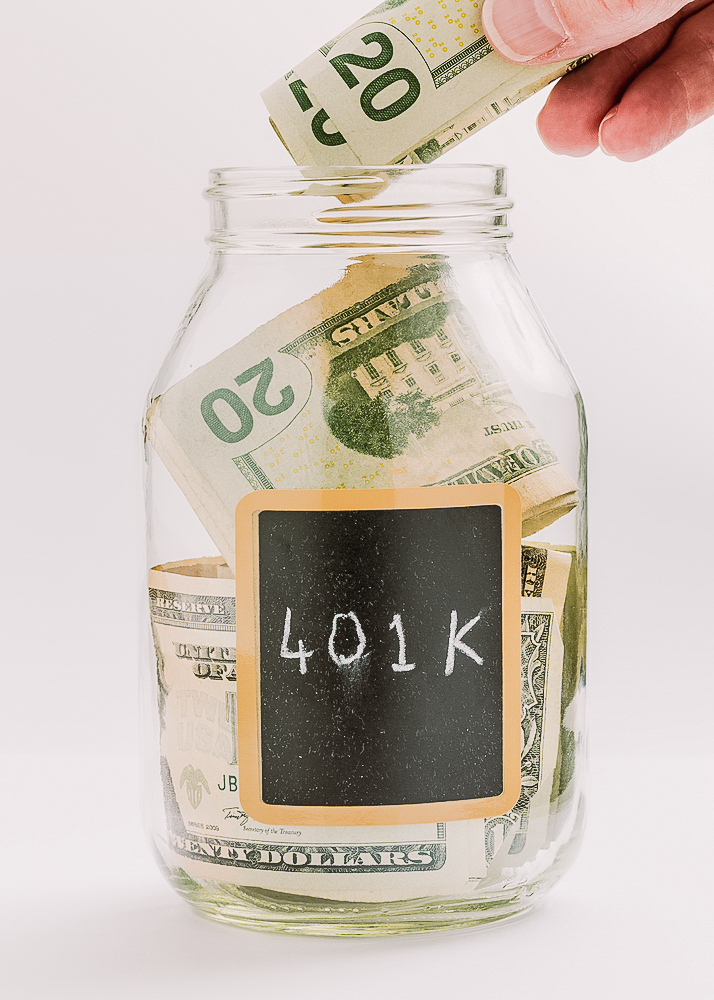Beyond the Headlines: What the 2025 Executive Order Actually Says About 401(k)s and Alternative Assets
If you’ve seen headlines like “Crypto in Your 401(k)?” or “Private Equity Floodgates Open,” you’re not alone.
But before jumping to conclusions, take a moment to go beyond the headlines and read the actual Executive Order. It’s public, it’s detailed, and it’s less dramatic than many media summaries suggest.
Let’s break it down.
Read the Fact Sheet: https://www.whitehouse.gov/fact-sheets/2025/08/fact-sheet-president-donald-j-trump-democratizes-access-to-alternative-assets-for-401k-investors/
What Is an Executive Order?
An Executive Order is not a new law. It’s a directive from the President to federal agencies on how to interpret or enforce existing laws.
In this case:
- It doesn’t change your 401(k) overnight.
- It instructs agencies like the Department of Labor (DOL) and the Securities and Exchange Commission (SEC) to review existing guidance.
Why This Executive Order Was Issued
“Many wealthy Americans, and Government workers who participate in public pension plans, can invest in… alternative assets. Yet… the vast majority of [401(k)] investors do not have the opportunity to participate…”
The Executive Order, issued in August 2025, aims to determine whether retirement savers in defined-contribution plans like 401(k)s should have access to the types of investments that public pensions already use.
It also states:
“My Administration will relieve the regulatory burdens and litigation risk that impede American workers’ retirement accounts from achieving… competitive returns and asset diversification.”
What Are “Alternative Assets”?
The Executive Order defines them as:
- Private market investments (not traded on public exchanges)
- Real estate (including mortgages)
- Digital assets (actively managed crypto-related holdings)
- Commodities (such as gold or oil)
- Infrastructure projects (roads, energy, bridges)
- Lifetime income strategies (including longevity risk-sharing pools)
These are asset classes commonly used by institutional investors — but largely unavailable to most 401(k) participants today.
What the Order Asks Agencies to Do
The Department of Labor (DOL) has 180 days to:
- Reexamine prior and current guidance around alternative assets
- Consider rescinding the 2021 Supplemental Private Equity Statement
- Clarify the fiduciary process under ERISA for including these investments
- Propose appropriately calibrated safe harbors to reduce litigation risk
- Coordinate with the Treasury and SEC on regulatory consistency
The Securities & Exchange Commission (SEC) is asked to:
- Review rules around accredited investor status
- Consider how to facilitate access to alternative investments for 401(k) participants
What This Means for Your 401(k)
- No immediate changes. Your investment menu stays the same for now.
- Fiduciary duties remain unchanged — plans must still act in participants’ best interest.
- Any inclusion of alternative assets will be optional, not mandatory.
- Retirement plans should remain flexible, reflecting the needs of different companies and their workforce goals. One size does not fit all.
What the American Retirement Association Says
The American Retirement Association (ARA), a national organization that advocates for America’s private retirement system and those who support it, issued this statement:
“Professional retirement plan fiduciaries that are subject to strict fiduciary standards — not the federal government — are in the best position to assess developments in the financial markets and determine what is in the financial best interest of retirement plan participants and beneficiaries.”
Their position underscores the belief that fiduciaries — not regulators — should decide what’s appropriate for their specific plan, provided they follow ERISA’s rigorous standards.
What Does ERISA Mean?
ERISA stands for Employee Retirement Income Security Act.
It’s a law that protects retirement savings by making sure the people who run a plan follow strict rules, act in the best interest of workers, and clearly explain how the plan works.
Why Headlines Can Be Misleading
“A combination of regulatory overreach and encouragement of lawsuits filed by opportunistic trial lawyers has stifled investment innovation…”
This quote from the Executive Order highlights a key tension: over the past few years, regulatory shifts and the fear of litigation have made fiduciaries hesitant to explore new investment options.
But the order doesn’t force changes. Instead, it initiates a thoughtful review process. Any new choices will be voluntary, and still must pass fiduciary scrutiny.
The Bigger Questions
What’s the Long-Term Risk of Reversal?
Here’s what I’m personally watching: the regulatory pendulum. We’ve seen it swing before — especially when it comes to fiduciary responsibilities, ESG investing, and guidance on specific asset types.
- The Trump, Biden, and now Trump again administrations have issued sharply different directives.
- If this order leads to new guidance, could it be rescinded or reinterpreted by a future administration? Absolutely.
- That legislative and legal uncertainty could keep plan sponsors cautious.
As a fiduciary or advisor, this adds complexity to long-term planning. Stability matters — and frequent rule changes undermine confidence.
Flexibility and Fiduciary Judgment
Here’s the bottom line:
- Alternative assets are not a one-size-fits-all solution.
- Every company is different. Every workforce is unique. What’s prudent for one plan might not be suitable for another.
- This Executive Order opens the door — but it’s up to each plan sponsor to decide whether to walk through it.
As fiduciaries, we must stay informed, be thoughtful, and always put participant outcomes first.
That means understanding not just what’s allowed — but what’s right for your plan.
Disclaimer: This blog post is intended for general educational purposes only and does not constitute legal or investment advice. Please consult a qualified attorney or fiduciary advisor for personalized guidance.







